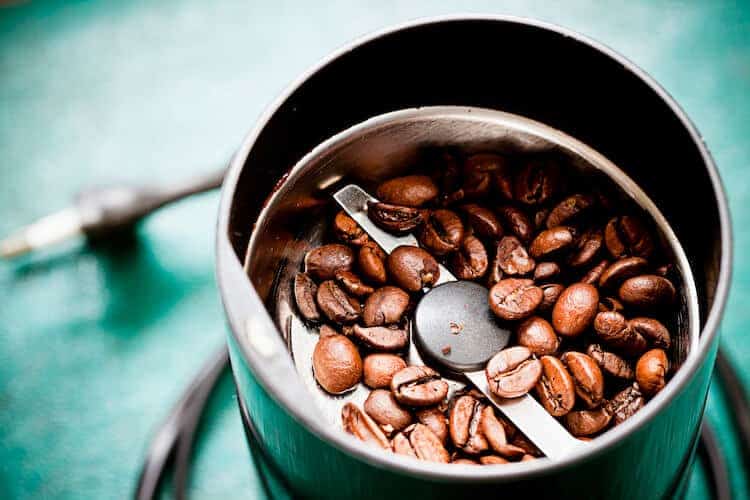Making the perfect espresso shot is an art form. And the key to a good espresso shot? Getting the right grind size. But how do you get the right grind size without investing in expensive equipment?
Enter: The blade grinder. Blade grinders are great for those who are just starting out and aren’t ready to invest in pricey gear.
In this blog post, we will take a look at how to use a blade grinder to get the best results when grinding coffee beans for espresso. We’ll also explore why some people opt for more expensive burr grinders instead.
What is a Blade Grinder?
A blade grinder, also known as a coffee mill, is a basic kitchen appliance that is used to grind coffee beans. It features a rotating blade that chops the coffee beans into smaller pieces, resulting in a grind that is suitable for use in a drip coffee maker or an espresso machine. Blade grinders are typically less expensive than burr grinders, and they are easy to use and clean.
Why Blade Grinders are the Best Option for Grinding Coffee Beans
There are two main types of coffee grinders: blade and burr. Blade grinders are less expensive than burr grinders, but they can be more difficult to use because it can be difficult to get a consistent grind with them.
However, blade grinders are the best option for grinding coffee beans for espresso because they can produce a very fine grind that is necessary for making espresso.
Blade grinders work by using spinning blades to chop up the coffee beans. The longer you grind the beans, the finer the grind will be. It is important to not over-grind the beans, or else the espresso will be too bitter.
Blade grinders can be more difficult to use than burr grinders because it can be easy to over-grind the beans. But if you take your time and experiment with different grinding times, you will be able to find the perfect grind for your espresso machine.
Why is the Grind Size Important for Espresso?
The grind size of coffee beans is crucial when making espresso. If the coffee beans are ground too finely, the water will pass too quickly through the coffee grounds, resulting in weak and unsatisfying coffee.
On the other hand, if the coffee beans are ground too coarsely, the water will pass too slowly through the coffee grounds, resulting in bitter and over-extracted coffee.
How to Grind Coffee Beans for Espresso with a Blade Grinder
Grinding coffee beans for espresso with a blade grinder requires a few simple steps.
- First, measure out the amount of coffee beans you need for your espresso.
- Next, add the coffee beans to the grinder and secure the lid.
- Adjust the grind size to the finest setting possible, which is typically labeled as “espresso” or “fine.”
- Turn on the grinder and let it run for about 30 seconds, or until the coffee beans are ground to your desired consistency.
- Once you have finished grinding the coffee beans, turn off the grinder and remove the lid.
- Use a clean, dry brush to remove any remaining coffee grinds from the grinder.
It is important to note that blade grinders are not ideal for grinding coffee beans for espresso, as they tend to produce an inconsistent grind. The inconsistent grind can lead to uneven extraction, resulting in a less satisfying cup of espresso.
If you are serious about making the best possible espresso, we recommend using a burr grinder instead of a blade grinder.
Conclusion
Grinding coffee beans for espresso is an important step in making a perfect cup of coffee. A blade grinder can be used to grind coffee beans for espresso, but it is important to keep in mind that the grind may be inconsistent and lead to uneven extraction.
To achieve the best possible espresso, we recommend using a burr grinder, which will produce a more consistent grind and result in a more satisfying cup of coffee.
